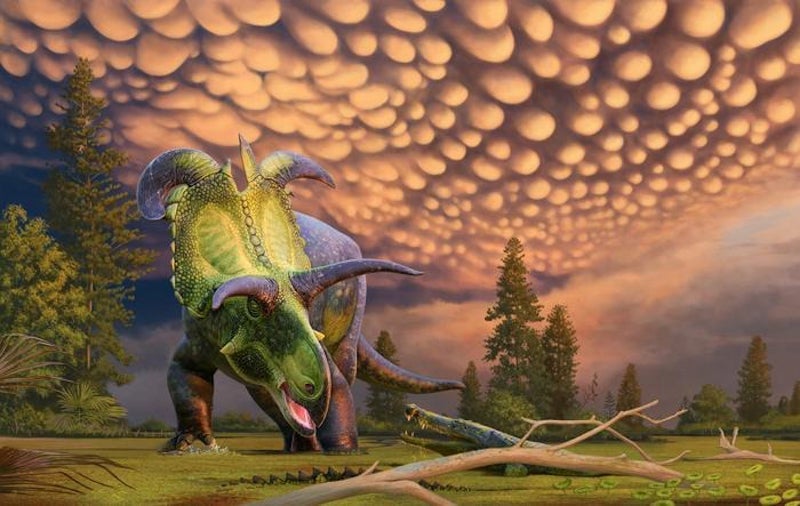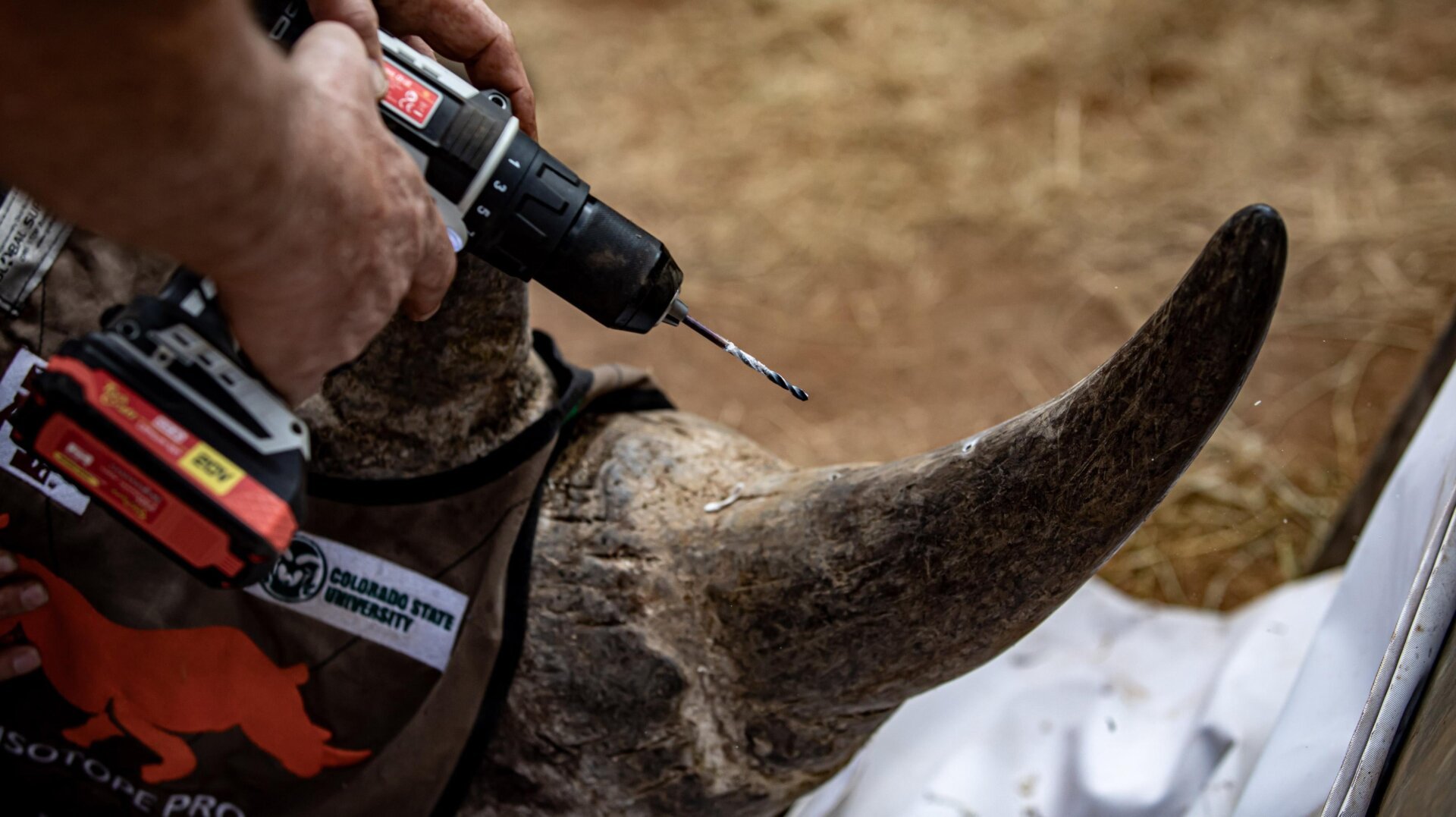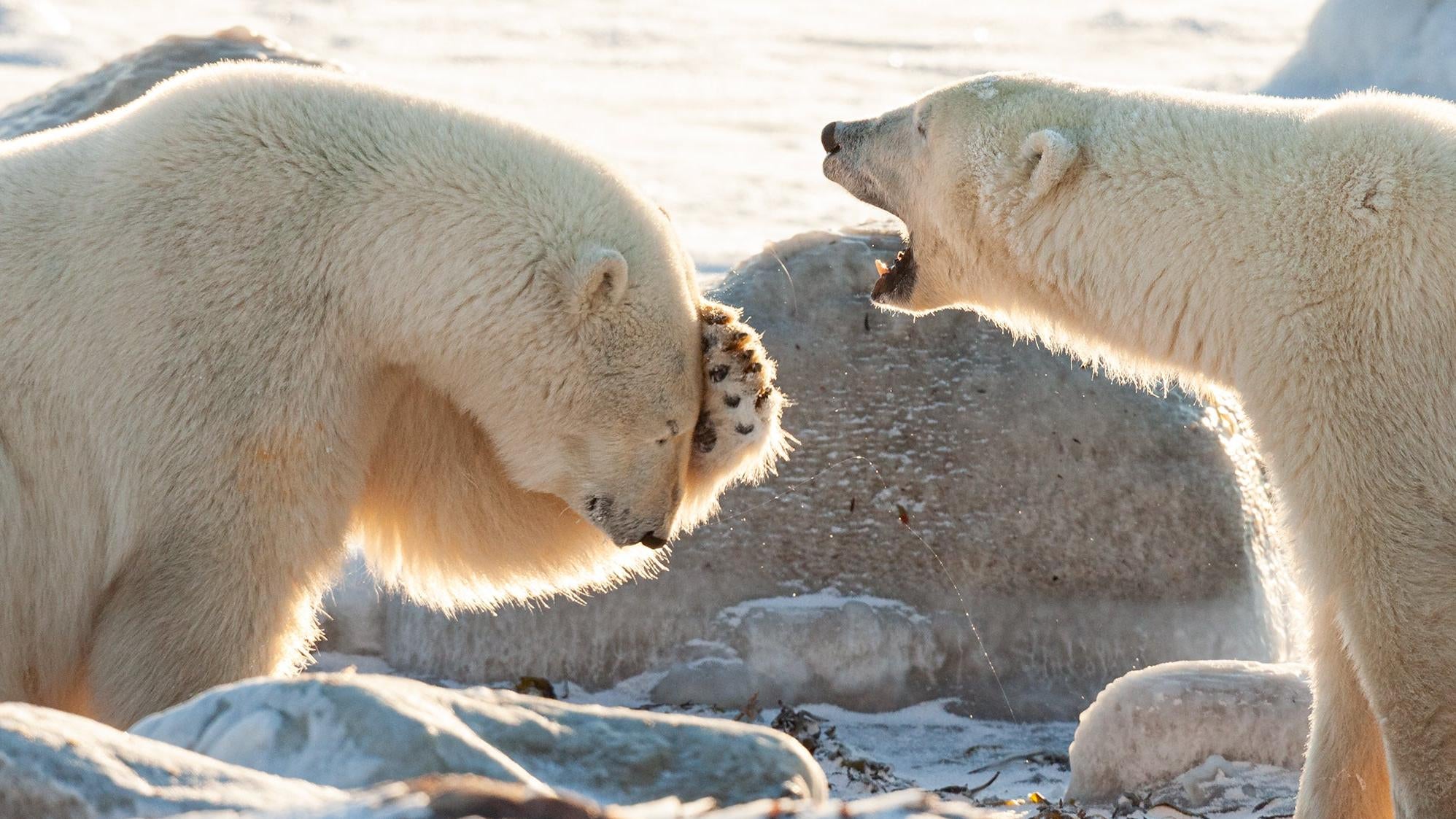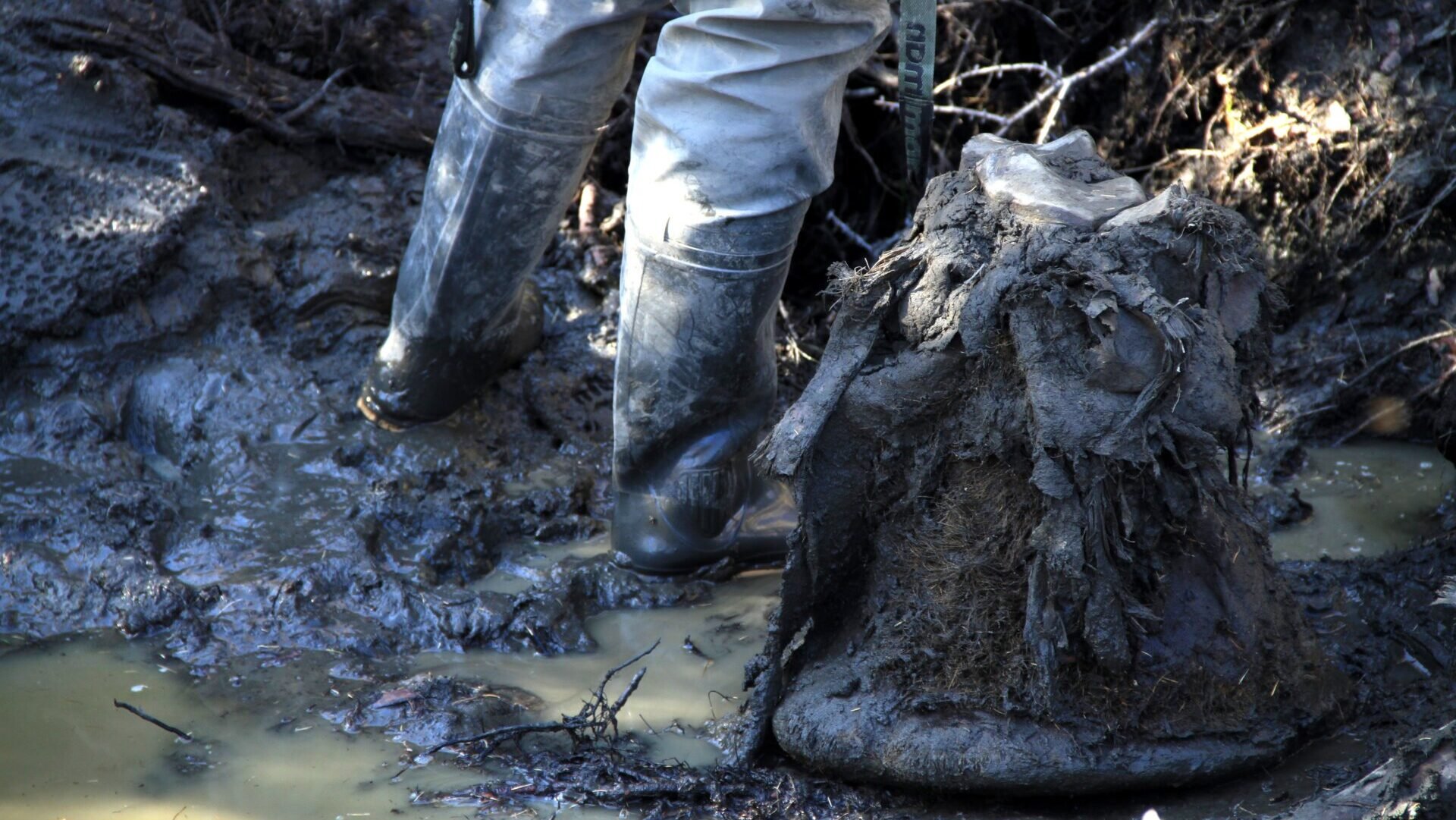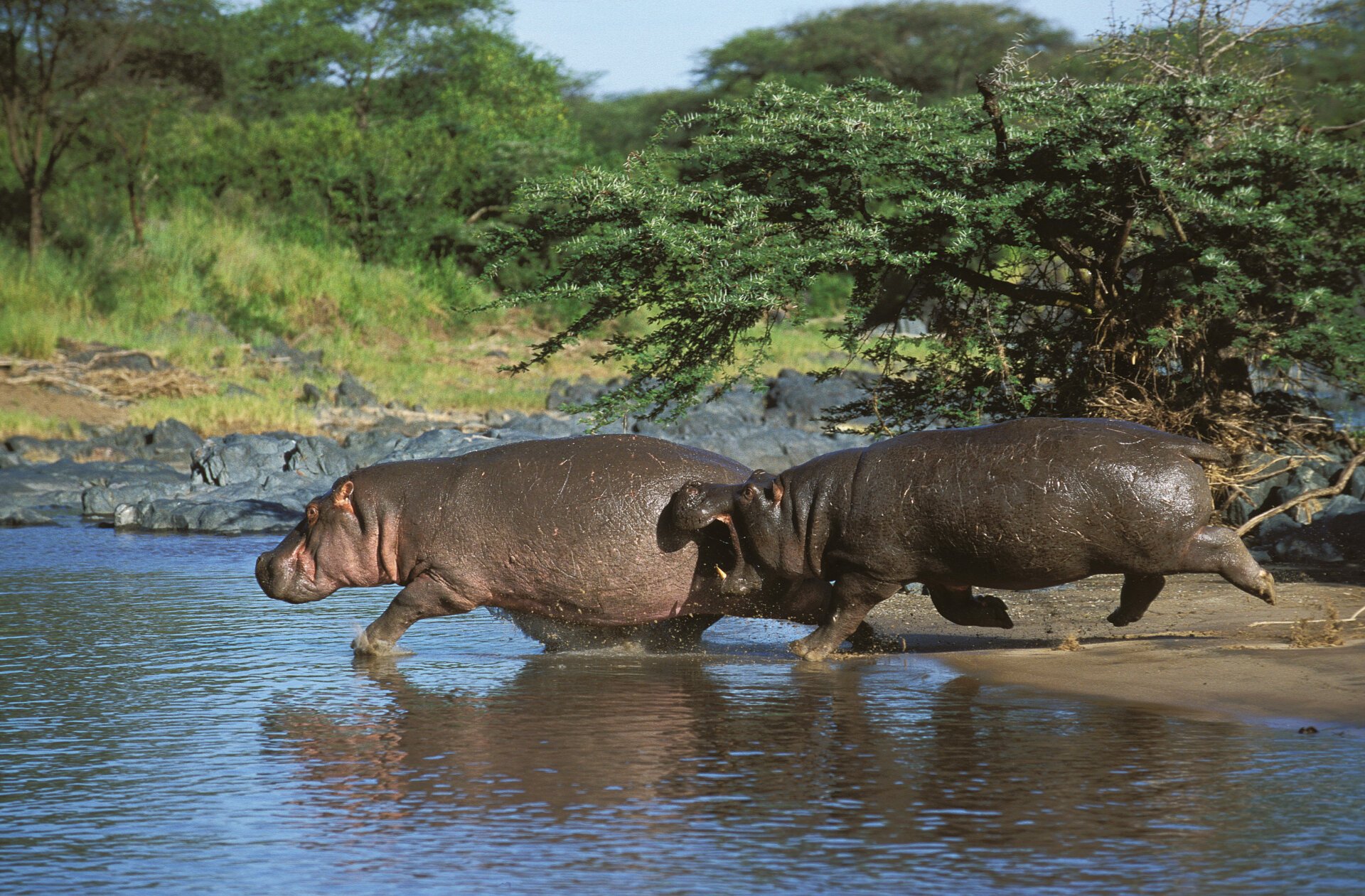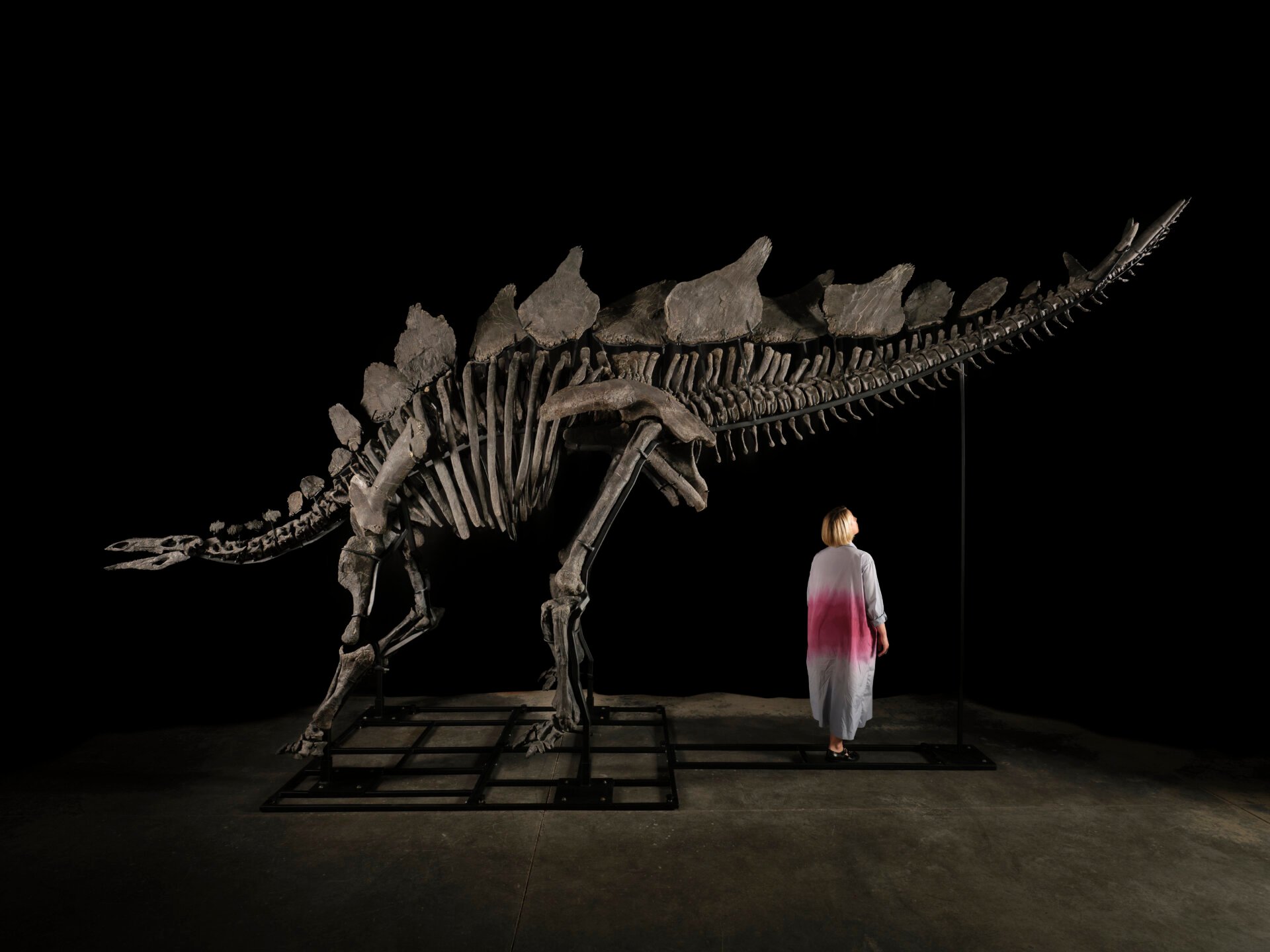The fossil-rich badlands of northern Montana have yielded another incredible discovery: a new species of horned dinosaur, closely related to the iconic Triceratops. This intricately adorned herbivore, named Lokiceratops rangiformis, roamed the ancient island continent of Laramidia approximately 78 million years ago.
This period, the Late Cretaceous, saw North America divided by the Western Interior Seaway, creating distinct landmasses like Laramidia. Lokiceratops, meaning “Loki’s horned face,” is thought to have inhabited the eastern shores of this island, a landscape dominated by swamps and floodplains. The name also incorporates “rangiformis,” referencing the caribou, due to the dinosaur’s asymmetrical frill horns.
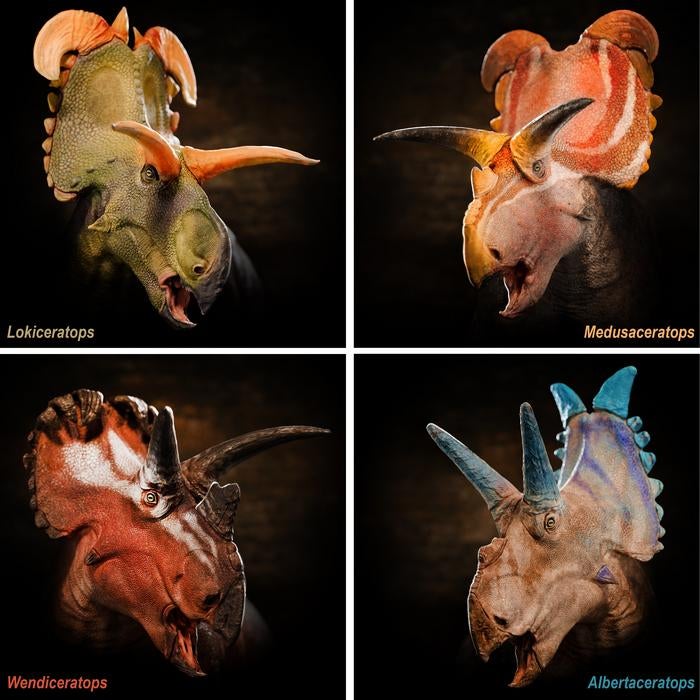 Reconstructions of all four centrosaurine dinosaurs that lived together in the Kennedy Coulee Assemblage of northern Montana and southern Alberta.Four centrosaurine dinosaurs coexisting in the Kennedy Coulee Assemblage of northern Montana and southern Alberta. Illustration: Fabrizio Lavezzi/Evolutionsmuseet, Knuthenborg
Reconstructions of all four centrosaurine dinosaurs that lived together in the Kennedy Coulee Assemblage of northern Montana and southern Alberta.Four centrosaurine dinosaurs coexisting in the Kennedy Coulee Assemblage of northern Montana and southern Alberta. Illustration: Fabrizio Lavezzi/Evolutionsmuseet, Knuthenborg
Lokiceratops belongs to the ceratopsid family, a diverse group of horned dinosaurs that thrived from around 92 million to 66 million years ago. This latest discovery marks the fourth ceratopsid and fifth horned dinosaur identified in this specific region, prompting paleontologists to re-evaluate the evolutionary trajectory of these fascinating creatures. The isolated environment of Laramidia may have played a significant role in driving the unique adaptations seen in Lokiceratops and its relatives.
The research, published in PeerJ, involved a collaborative team of scientists from the U.S., Canada, UK, Denmark, and Panama. The Natural History Museum of Utah and affiliated institutions are also showcasing the new dinosaur to the public. The team has released detailed reconstructions of Lokiceratops and three other ceratopsian species that shared its ancient habitat.
One of the most striking features of Lokiceratops is its elaborate frill and the largest horns ever documented in a ceratopsian. While these horns may appear fearsome, researchers believe they served primarily as display features, likely used to attract mates rather than for defense.
“This new dinosaur pushes the boundaries of what we know about ceratopsian head ornamentation,” explains Joseph Sertich, a paleontologist with the Smithsonian Tropical Research Institute and Colorado State University, and co-lead author of the study. “It showcases the remarkable diversity within this group and highlights the importance of sexual selection in driving the evolution of these incredible creatures.”
The discovery of Lokiceratops provides further evidence of the rich biodiversity that flourished during the Late Cretaceous period. The unique adaptations seen in this and other Laramidian ceratopsids underscore the influence of isolated environments on evolutionary processes.
“These intricate skull ornaments are crucial for understanding horned dinosaur diversity,” adds Sertich. “They demonstrate how the evolutionary pressure for impressive displays contributed to the incredible richness of Cretaceous ecosystems.”



